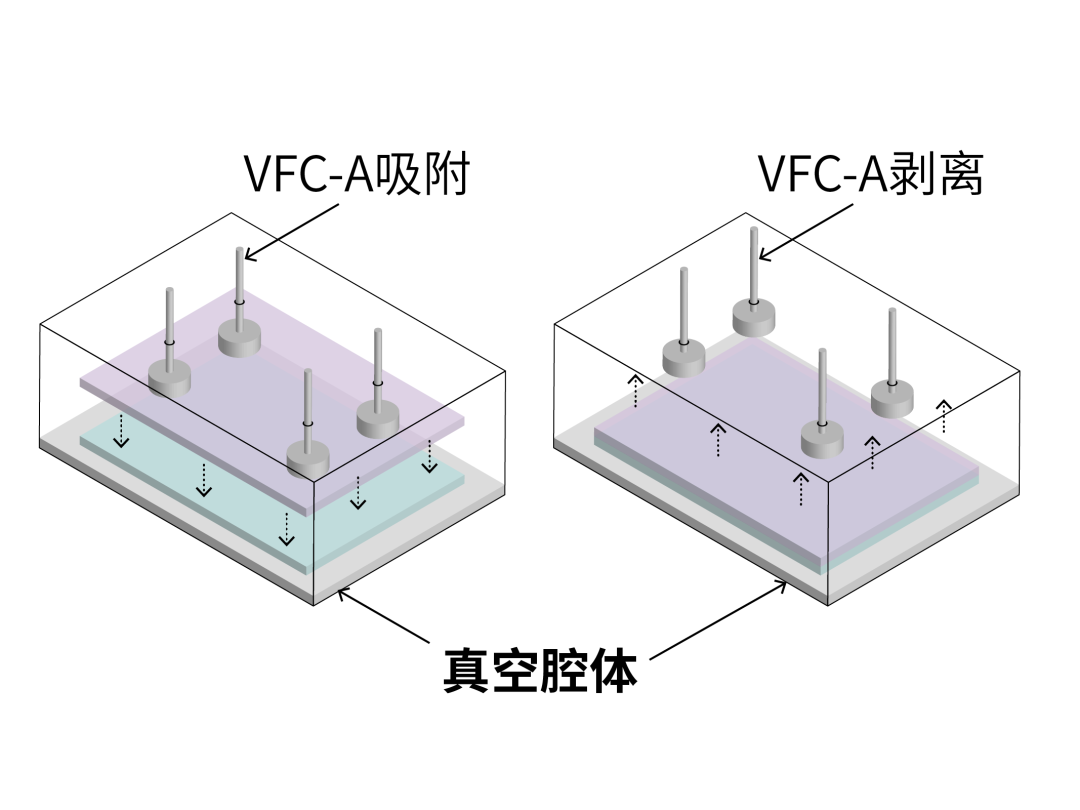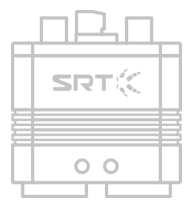Display panel is the most direct carrier of human-computer interaction and everyone communication, which contains a huge market of 100 billion dollars. At present, the common display panel types on the market are mainly LCD, OLED, etc., which are widely used in computers, mobile phones, TVS, car displays, digital imaging and medical fields. With the continuous growth of market demand and the continuous rise of intelligent terminal shipments, the main position of panel production has completed the initial transformation from relying on imports to independent production. Glass substrate as the key basic material of the display panel industry, due to the constraints of equipment, parts and other factors, has not yet fully achieved the expected effect of independent production, greatly increasing the passivity of development.
Current substrate handling fixture pain points
Display panel industry
For the handling of display panel products, the handling solutions used by several major domestic manufacturers urgently need to solve the following core problems:
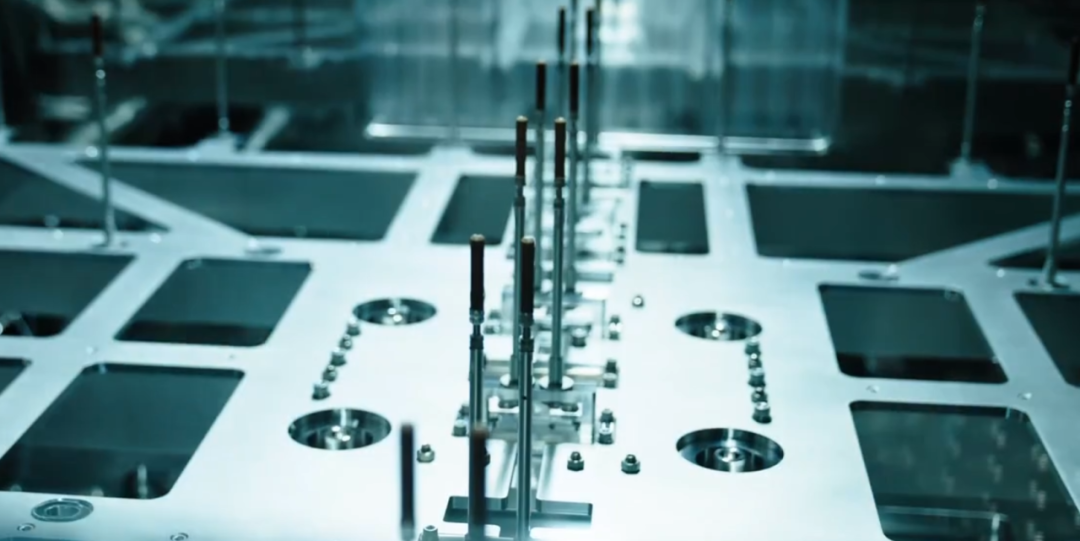
# There are many vacuum processes, and traditional suction cups are difficult to use #
Panel manufacturing production line includes vacuum sputtering, vacuum box and other processes, the above processes require the fixture in the atmosphere and vacuum environment switching process, to maintain a stable, non-destructive, traceless grasp of the submillimeter glass, the particularity of vacuum conditions makes the traditional suction cup can not be used.
# Dependence on imported fixtures #
In the past, panel manufacturers bought spare parts from foreign equipment manufacturers, with high prices, long delivery times, and serious supply monopoly problems. Due to the strict requirements of the technology process and the difficulty of manufacturing, the relevant domestic research and development is still in the laboratory stage, which cannot meet the needs of industrial mass production, and is forced to rely on foreign technology supplies. At present, after the intervention of some domestic spare parts manufacturers, the price and delivery time have improved, but because the core components are still imported, the root cause of the technical "jam neck" problem has not been solved.
SRT van der Waals sucker
SRT vacuum solution without driving source
SRT repeatedly communicated with customers in the display panel industry, and after several tests, based on the original VFC-D van der Waals suction cups, developed a number of VFC-A product models that are more suitable for display panel handling needs, and also have no driving source and can be used normally in a vacuum environment.
Independently developed and produced VFC van der Waals suction cups
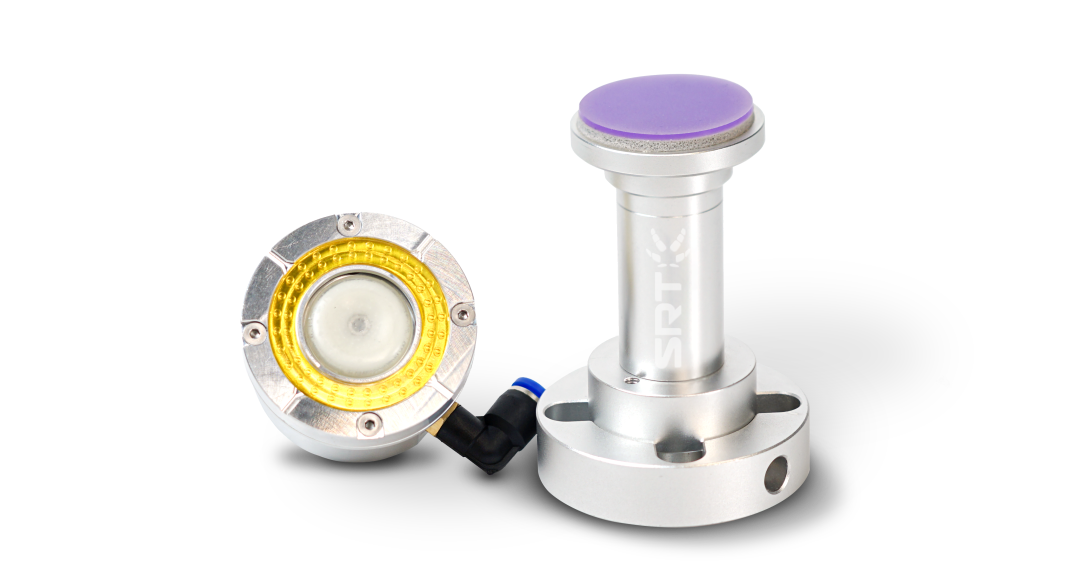
Technical features: No driving source
Application scenario: It can be used in vacuum environment
Applicable workpieces: display panel, glass, porous workpieces, etc
Product advantages:
There is no residue after the material touches the surface of the object
Adhesion strength can be customized upon request
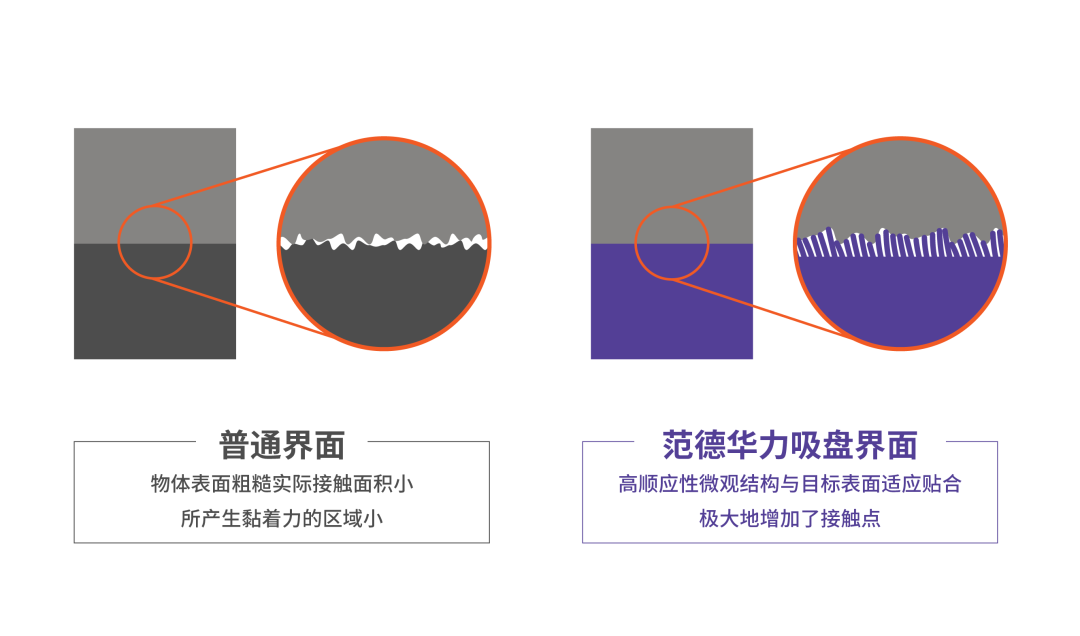
[Van der Waals force] The contact area between the sucker and the object is increased through special polymer materials and micro and nano forming process, resulting in a strong intermolecular force, that is, van der Waals force.
VFC-D and VFC-A
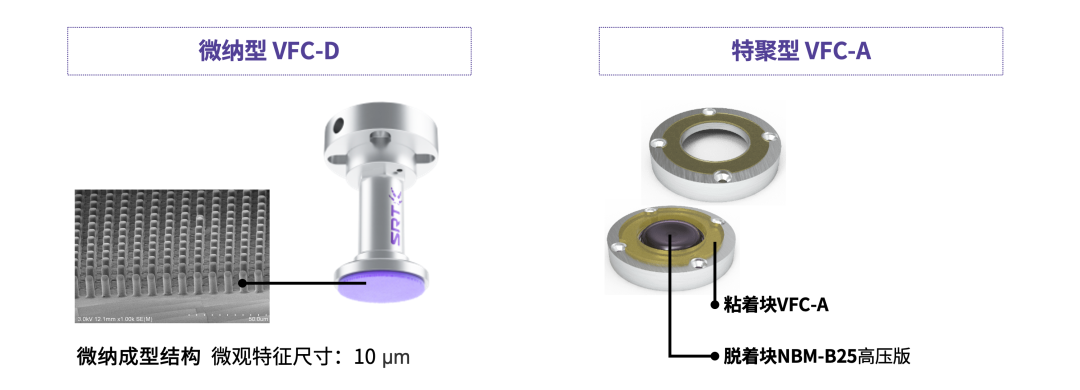
According to the adsorption characteristics, there are two main types of VFC van der Waals suction cups, namely micro-nano type (VFC-D) and special polymer type (VFC-A). In particular, the adsorption force of the VFC-A van der Waals suction cup is larger, and the desorption force required during desorption is larger.
Micro/Nano VFC-D:
Adsorption body: purple microelastic colloid
Colloidal material: silicone
Colloidal viscosity: no viscosity to the touch
Desorption mode: inclined desorption with Angle/deformable desorption by inflating NBM airbag module
Adsorption force per unit area (N/cm2) : 5 (reference value)
Outer diameter (mm) : 20/30/40
Recommended operating temperature (° C) : 0-80
Life (10,000 times) : 5+ (room temperature)
Special cluster VFC-A:
Adsorption body: transparent microelastic colloid
Colloidal hardness: approximately ShA 73
Colloidal viscosity: no obvious viscosity to touch
Desorption mode: inclined desorption with Angle/deformable desorption by inflating NBM airbag module
Adsorption force per unit area (N/cm2) : 29 (reference value)
Outer diameter (mm) : as required
Recommended operating temperature (° C) : 0-50
Life (10,000 times) : 25+ (room temperature)
VFC-A customer application case
Different processes for the display panel industry
In the display panel manufacturing process, the VFC-A suction cup can be mainly used in the vacuum environment of a single substrate load transfer, double substrate pressing (sealing), and the vacuum coating process after the box thinning of the double substrate. After the import suction cups in the original production line are replaced by domestic production, the product procurement efficiency is higher and the production cost is more controllable. In addition, the VFC van der Waals series of suction cups can be customized according to the actual needs of the size and adsorption force, providing important support for display panel manufacturing.
In addition, VFC van der Waals suction cups have a strong adsorption capacity for perforated/porous surfaces, silicon wafers, smooth glass, polished metal and other workpieces.
No drive source vacuum environment available
Seamless adsorption for a variety of planes
1. Liquid crystal screen sputtering coating
Customer application Case 1
Adsorption material name: glass substrate;
Overall handling process: The glass substrate is transported under the joint action of carrier sleeve, pin PIN and VFC-A van der Waals suction cups.
Vfc-a principle of use: When blanking, the NBM detachment block is inflated and expanded in accordance with about 0.232MPa, and the force is applied to the glass substrate, so that the substrate is stripped from the VFC adhesion block.
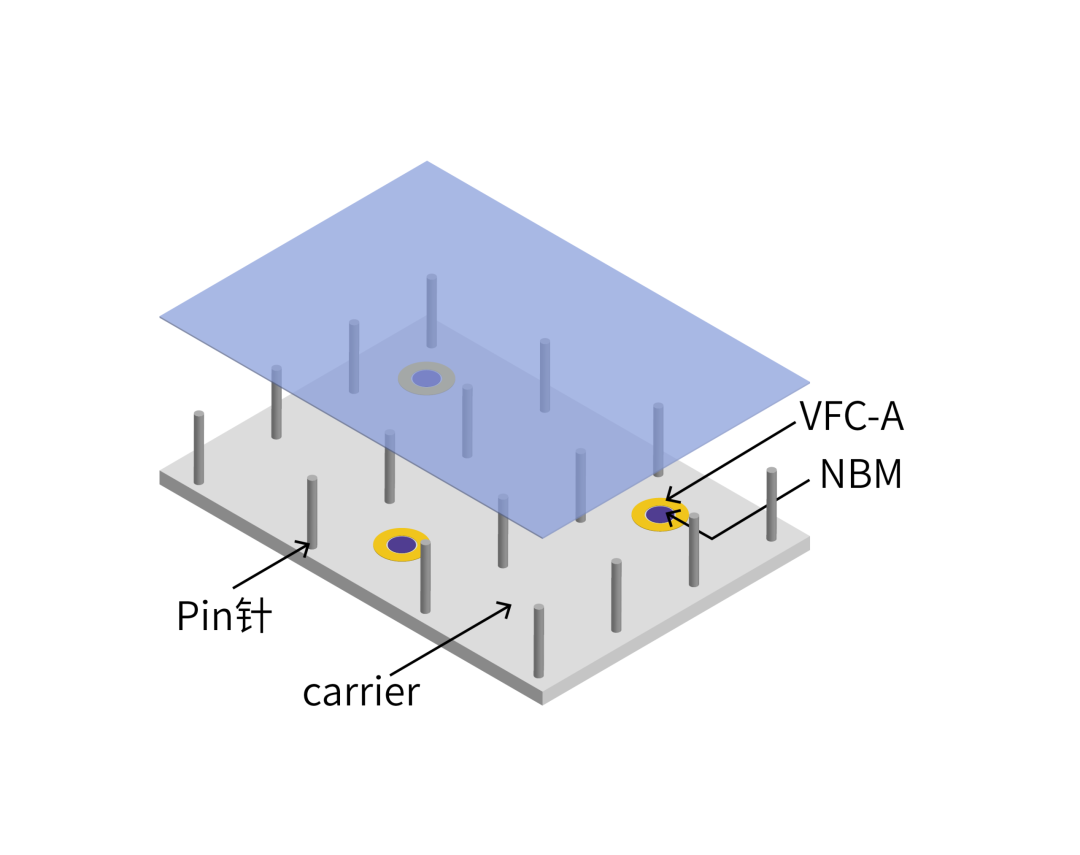
2.CF (color film) and array (TFT) substrate pressing
Customer application Case 2
Name of adsorbed material: Glass substrate covered with coating and metal parts
VFC-A adsorption data: a single sucker with a load < 50g, the working frequency is 150s/ times, and the annual working times can reach 21w+;
The principle of use of VFC-A: When the material is cut, the NBM detachment block is inflated and expanded, and the force is applied to the glass substrate, so that the substrate is stripped from the VFC adhesion block.
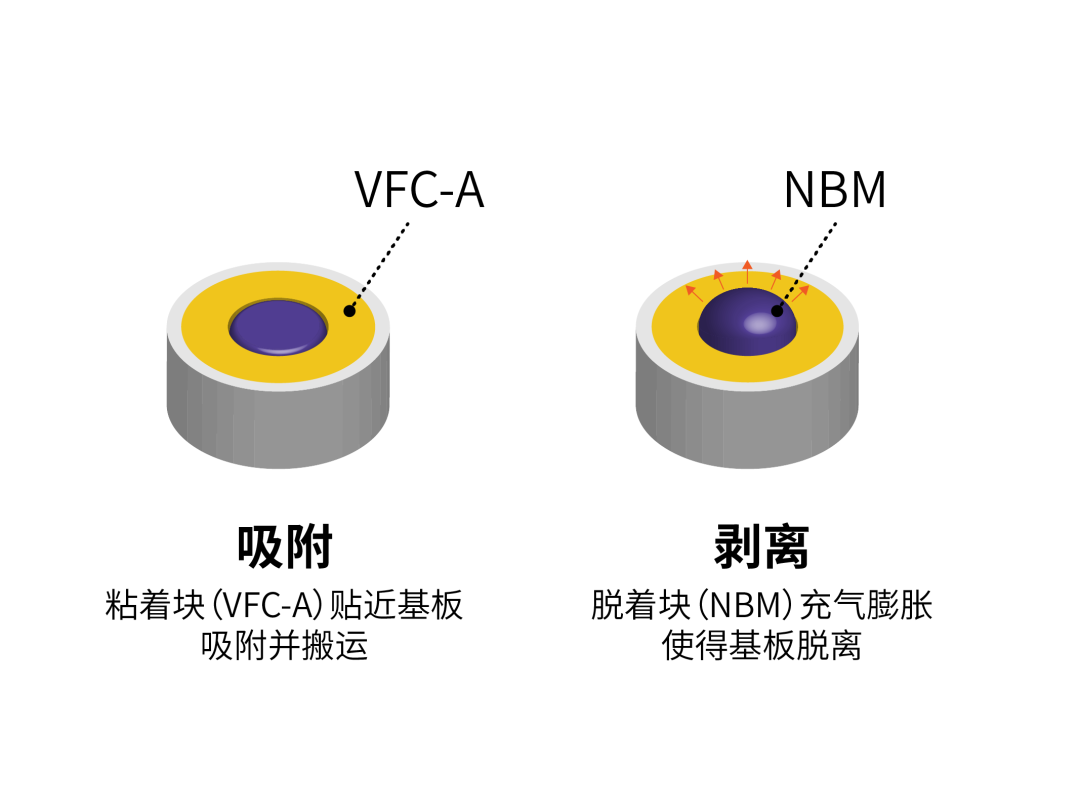
Process description: In the substrate pressing process under vacuum environment, the bonding of two glass substrates is completed through the top-down displacement of the VFC-A adsorbed glass substrate.
